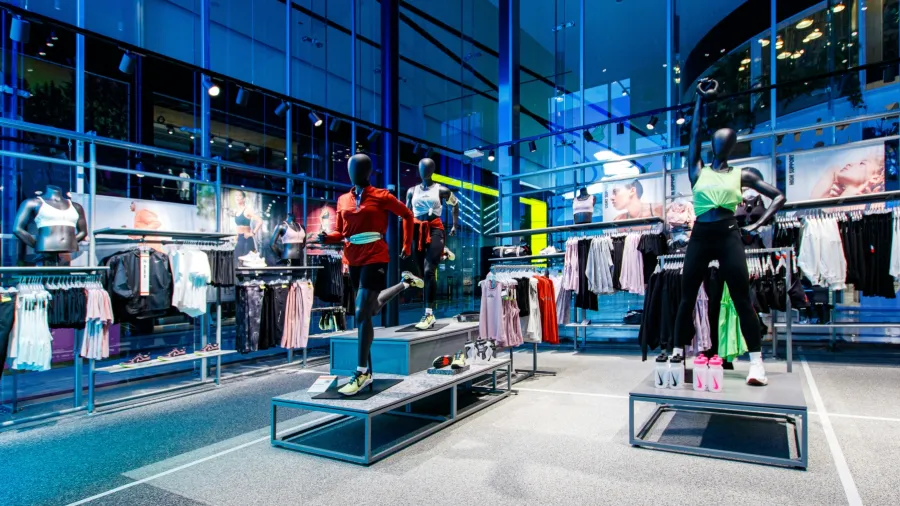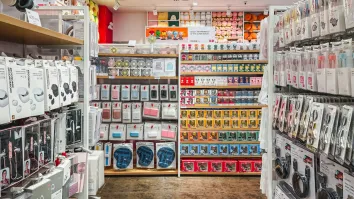
Here's why global apparel and footwear sales growth have slowed
However, persistent inflation and supply chain disruptions continue to challenge the industry.
The global apparel and footwear industry is projected to witness moderate growth in 2024, with sales expected to increase by approximately 2% in constant terms, according to Euromonitor International.
According to the report, the growth trajectory is anticipated to restore the industry to pre-pandemic levels by late 2025 or early 2026. However, persistent inflation and supply chain disruptions continue to challenge the industry.
The fashion industry faced significant challenges during the pandemic, particularly regarding the vulnerabilities and risks associated with over-reliance on China in global fashion supply chains. The all-time high inflation levels since 2022 have exacerbated these challenges.
Brands and retailers are also experiencing increasing costs of goods sold (COGS) and are hesitant to fully pass these costs onto consumers, who are already facing budgetary constraints, the report noted. Whilst COGS normalized somewhat in the last quarter of 2023, the ongoing security crisis in the Red Sea is further disrupting supply chains and escalating international shipment costs.
India and China lead global sales
Meanwhile, India, China, and the United States are expected to lead global sales but can expect more competition from international players.
These players have started to identify pockets of growth in Southeast Asia, such as Thailand and Indonesia; Latin America, including Mexico and Brazil; and in the Middle East and African regions, such as the United Arab Emirates and Saudi Arabia, to boost their revenue prospects and diversify their geographic portfolios.
Categories such as sportswear and childrenswear are also anticipated to outperform the market. Sportswear will benefit from the 2024 Paris Olympics and the growing wellness trend in the Asia Pacific region. Childrenswear will see growth due to favourable demographics in APAC, Middle East, Africa, and Latin America.
ALSO READ: Asia's retail sector thrives amidst e-commerce dominance
Moreover, the report noted that consumers are becoming more selective in their fashion spending, prioritising value over price.
With 32% of global apparel and footwear sales occurring online, digital transformation remains a focal point, it noted. Although the pace has slowed compared to the pandemic period, consumers expect a seamless blend of online and offline experiences.
Additionally, it suggested that leveraging technology, such as GenAI and tools like Google Virtual Try-On or instant product recommendations by platforms, can enhance conversion rates and reduce returns by offering personalised shopping experiences.

















 Advertise
Advertise








